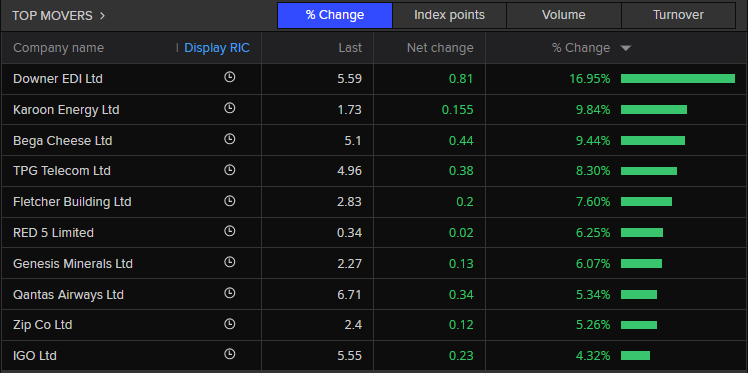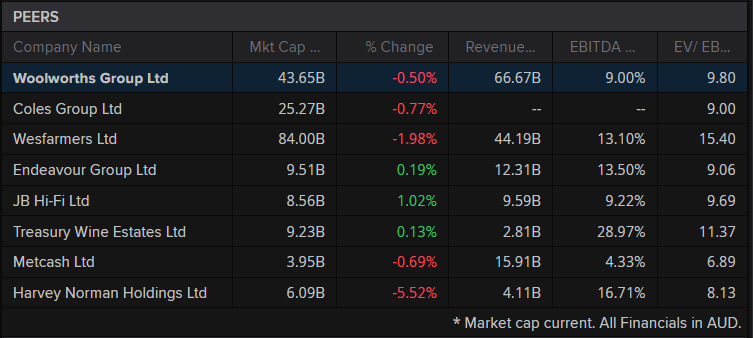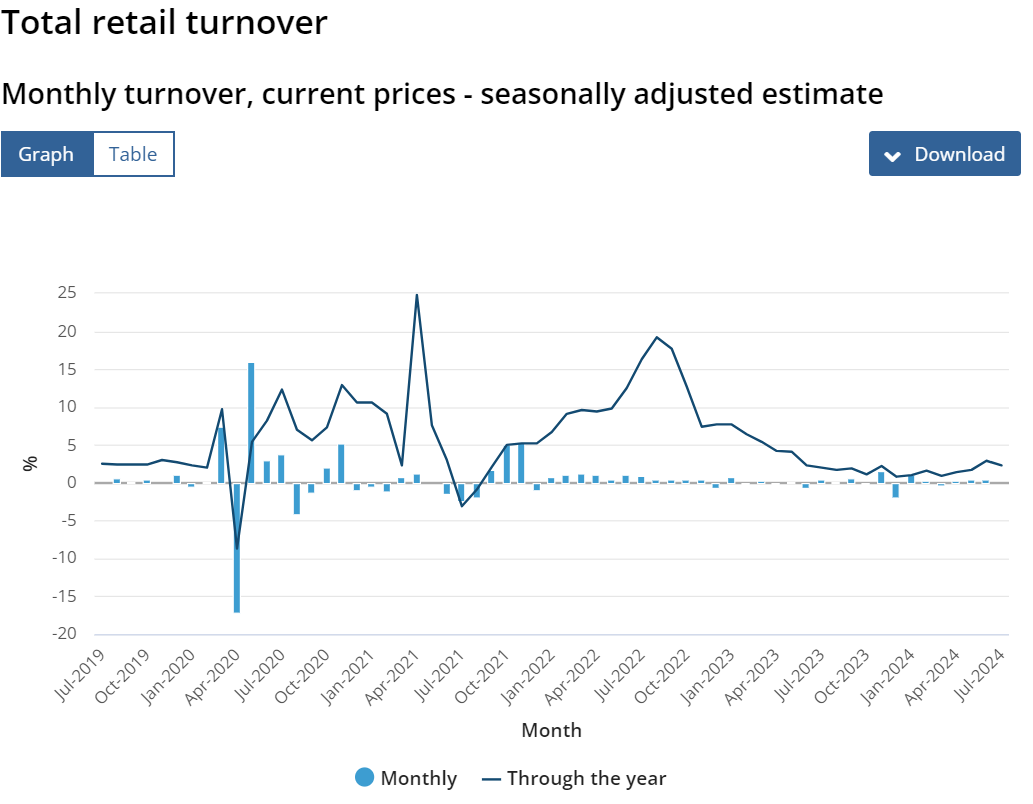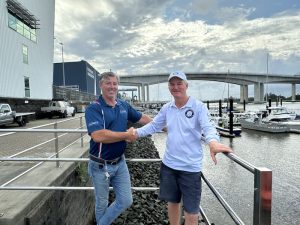Mr Irvine has just provided a long list of ways to improve housing affordability in Australia.
“I do want to emphasise with the committee that this is far and away a supply problem versus a demand problem, in terms of housing.
“When I speak to federal politicians, the primary lever that the federal government and politicians have is demand side levers.
“I do worry that if all we pull, as a country, are demand side levers and continue to make weak progress on supply side levers, all we will do is make housing more expensive, and so the more the banks put in, the more enablement we give to first time home buyers to potentially pull money from superannuation, whatever it is, if that’s all we do we just increase the price of housing stock.
“The conversation needs to focus 80% of the time on supply, and only 20% of the conversation should be on demand.”
Mr Irvine said when he talks to developers they don’t say financing is the problem for the supply of affordable housing.
He said rather, they point to different problems in different jurisdictions.
“In NSW, and particularly in Sydney, the planning and zoning issues in the state and in the city are very, very challenging, and they’re the worst in the country. There are planning challenges across the country, but Sydney and NSW are the laggards here.
“And so planning and how difficult that is, how long it takes, that adds to the cost for developers, and it constricts supply.
“In Victoria, the big issue is taxation, and the amount of taxation in the cost of constructing a new dwelling is somewhere between 40 and 45% of the dwelling costs. And so it’s such an impediment to actually starting construction.
“I was at a luncheon with about 10 or 12 of our property clients a couple of weeks ago in Melbourne, and amongst those clients, I would say there was a few thousand dwellings that have been approved and they’re ready to go, and not one of them is being started because the maths don’t work.”
He said we also don’t have enough specialised tradesmen in Australia.
“In the last year, Australia brought in hundreds of thousands of newcomers, and of those, only 8,000 were people with trade skills, and I think that is problematic.
“We need more people coming into the country that are electricians, plumbers, who have concreting or roofing skills that will, I think, add to capacity for us to bring dwellings to market and speed up the process.”
He said there also needed to be more format innovation in the construction industry.
“If we want more social and affordable housing, I think we need more modularisation, changes to how dwellings are built together, we need more focus on medium density building. Too much is still light density housing and detached or semi-detached dwellings.
“There’s an awful lot of work to be done to bring more of the right type of housing to market, and to do that at scale.
And then there’s the question of land itself.
His colleague jumped in to say that there are large tracts of land that were sitting unused and underutilised, that were often owned by not-for-profit and faith-based organisations.
He said creating incentives to enable some of that land to be released for housing would help too.












